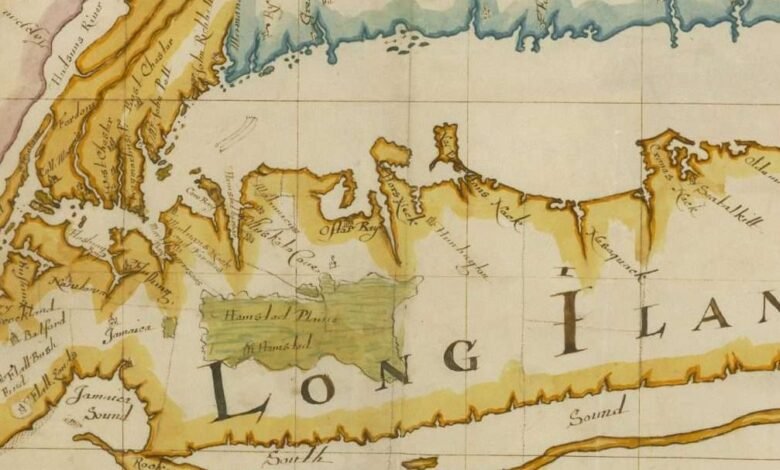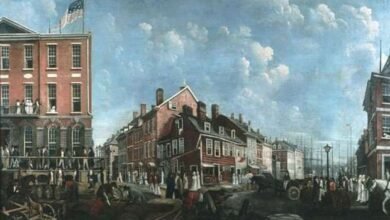Transforming Hempstead Plains: The End of the Commons on Western Long Island


 Hempstead Plains on Long Island, the only prairie in the northeast, was celebrated as a natural wonder by early Dutch and English settlers. These vast grasslands were initially regarded as a valuable shared resource, then as a barren wasteland, and now – long vanished – as one of the United State’s most populous suburbs.
Hempstead Plains on Long Island, the only prairie in the northeast, was celebrated as a natural wonder by early Dutch and English settlers. These vast grasslands were initially regarded as a valuable shared resource, then as a barren wasteland, and now – long vanished – as one of the United State’s most populous suburbs.
For over two hundred years however, the inhabitants of the Town of Hempstead preserved the plains as common lands, carefully regulating their use and expelling trespassers. In the early 19th century, however, this practice came under attack as Hempstead Plains began to be privatized and redeveloped – with long-term ecological and social consequences.
On Thursday, April 24, from 6 until 7:30 pm, the Jacob Leisler Institute for the Study of Early New York History, in collaboration with the Hudson Area Library, will host an in-person presentation at the Library on the dramatic historical transformations of Hempstead Plains by historian Jennifer Anderson. The Hudson Area Library is located at 51 North 5th Street in Hudson, NY.
Jennifer Anderson is an Associate Professor at Stony Brook University who specializes in Early American and Atlantic History. Her current scholarship focuses on Long Island’s changing land and labor systems from the colonial period to the early 19th century.
She is the author of Mahogany: The Costs of Luxury in Early America (Harvard University Press, 2012). She curated “Sylvester Manor: Land, Labor & Power on a Northern Plantation” (2012) at New York University and advised on Long Island Museum’s exhibition, “Long Road to Freedom: Surviving Slavery on Long Island” (2019).
More recently, she has been a scholar-in-residence at Preservation Long Island, assisting with a project to interpret the life of Jupiter Hammon, the first published African American poet. Her current research focuses on the deep roots of segregation and racial inequality on Long Island.
The Jacob Leisler Library Lectures are made partially possible through the generous support of the Van Dyke Family Foundation, HRBT Foundation, and Bank of Greene County Charitable
Foundation.
The Hudson Area Library History Room houses a collection that pertains to the history of the City of Hudson, Greenport and Stockport; as well as Columbia County and New York State. The
History Room also hosts the Local History Speaker Series at the library, offering free monthly talks on diverse topics related to local history.
The Jacob Leisler Institute for the Study of Early New York History is an independent, not-for-profit study and research center devoted to collecting, preserving, and disseminating information relating to colonial New York under English rule (1664 to 1773).
Illustration: Detail from “Long Iland Siruaide” by Robartte Ryder, ca. 1679, showing “Hamsted Plaine, Hamsted” (John Carter Brown Library at Brown University).
Source link




